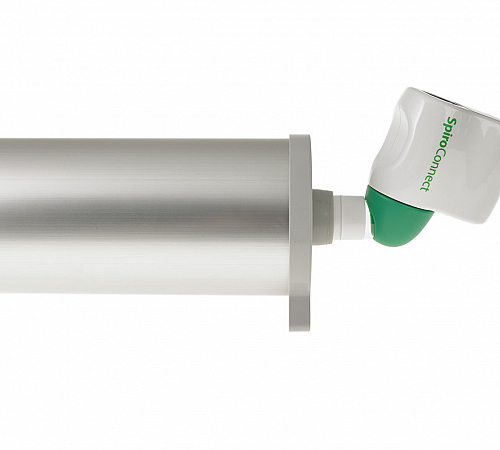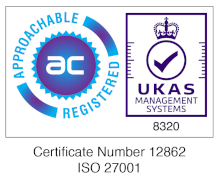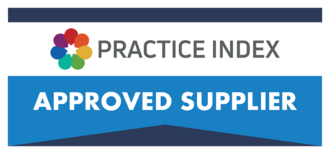Turbine Spirometer Calibration Explained

Turbine spirometers are characterised by extremely stable calibration1,2. In contrast, other types of spirometer transducer may be sensitive to environmental factors and contamination3.
Study 1 - (see References section below) showed that over 2 years of daily use the variation of the turbine calibration was only 1-2% for syringe calibration and 0.5-1% for calibration on a gold standard decompression calibrator. This variation over 2 years is comfortably within the accuracy requirements of the ATS/ERS standardisation of spirometry of +/- 3.5%.
Study 2 - reported the effects of altitude on lung function during a Mount Everest expedition. A turbine spirometer was selected for the study as the calibration would remain stable even under extreme environmental conditions.
Study 3 - examined the change in calibration of a Fleisch Pneumotach spirometer (Vitalograph) under normal working conditions. It found that the calibration could change by 3-5% after the first blow and up to 5-9% after five blows.
SpiroConnect is the latest generation of turbine spirometer, designed by Chris Lawson, inventor of the turbine spirometer in 19824 and Micro Medical’s Technical Director for 27 years. He designed the widely used MicroLab, MicroLoop and SpiroUSB spirometers. His latest design, SpiroConnect, now has a vertically orientated turbine for improved flow sensitivity making it more accurate than his previous designs.
The SpiroConnect software has a built-in calibration verification routine allowing users to follow the current guidelines. It is important to note however, that unlike some spirometers on the market:
- The calibration of SpiroConnect is unaffected by changes in ambient conditions – air temperature, pressure or humidity.
- The calibration of SpiroConnect is unaffected by exhaled moisture in the patient’s breath from one blow to the next.
What does this mean for clinicians using SpiroConnect?
- No waiting between tests for condensation to dry out – faster test procedures
- No uncertainty about the device calibration changing from one test to the next – more reliable measurements.
- No calibration adjustment ever necessary (just verification in accordance with the current guidelines) – easier to use.
- In other words, no-nonsense spirometry.
References
1. Long term performance of a hand held spirometer. Asger Dirksen, Flemming Madsen, Ole Find Pedersen, Anne Mette Vedel, Axel Kok-Jensen. Thorax 1996;51:973-976
2. Hypoxia, hypocapnia and spirometry at altitude. Andrew J. POLLARD, Peter W. BARRY, Nick P. MASON, David J. COLLIER, Rachel C. POLLARD, Peter F. A. POLLARD, lsla MARTIN, R. Scott FRASER, Martin R. MILLER and James S. MILLEDGE. Clinical Science (1997) 92,593-598
3. Prevention of thermal and condensation errors in pneumotachographic recordings of the maximal forced expiratory manoeuvre. M.R. Miller, T. Sigsgaard. Eur Respir J, 1994, 7, 198–201
4. Pocket-sized device for measuring forced expiratory volume in one second and forced vital capacity. P J CHOWIENCZYK, C P LAWSON. British Medical Journal Volume 285 3 JULY 1982



